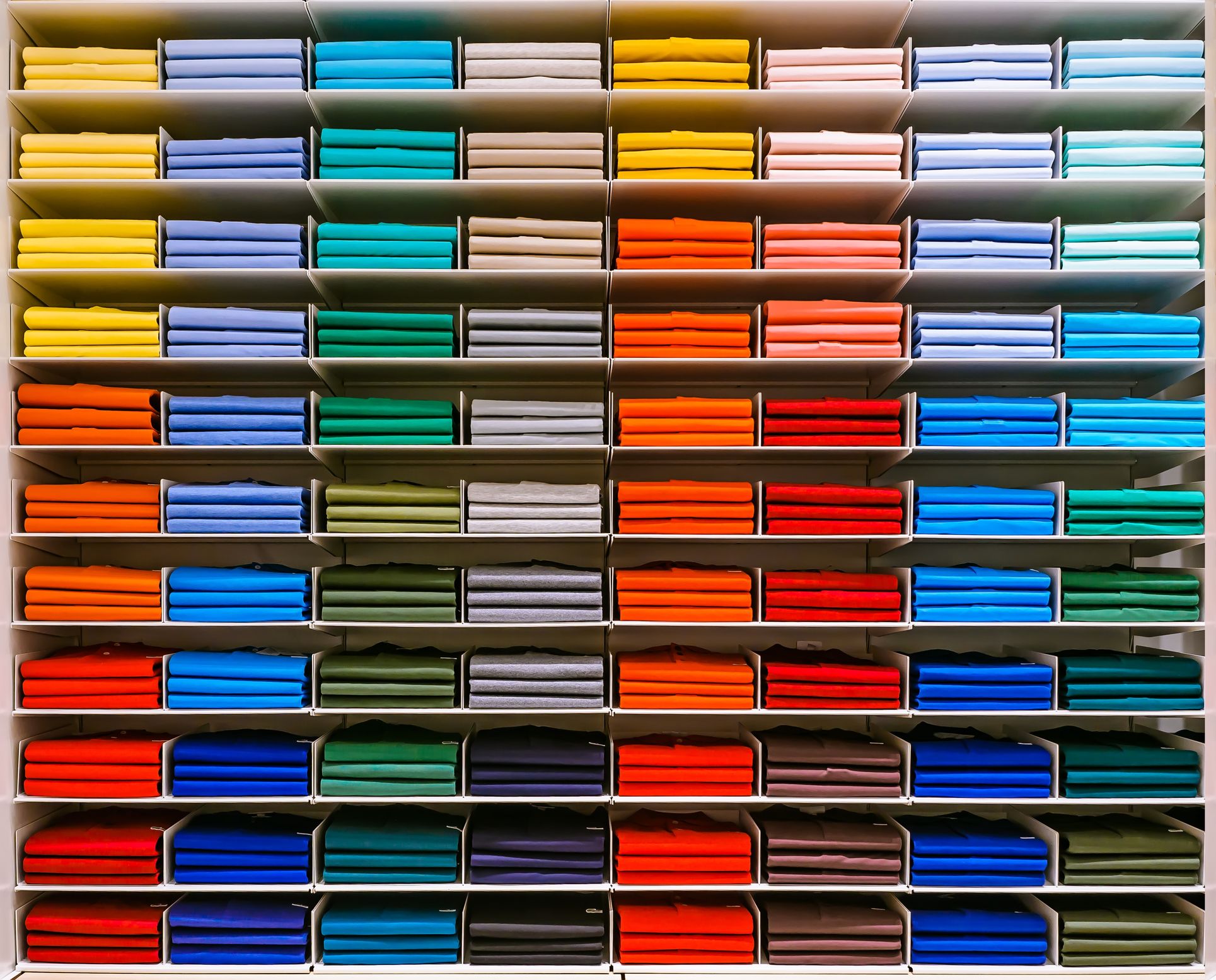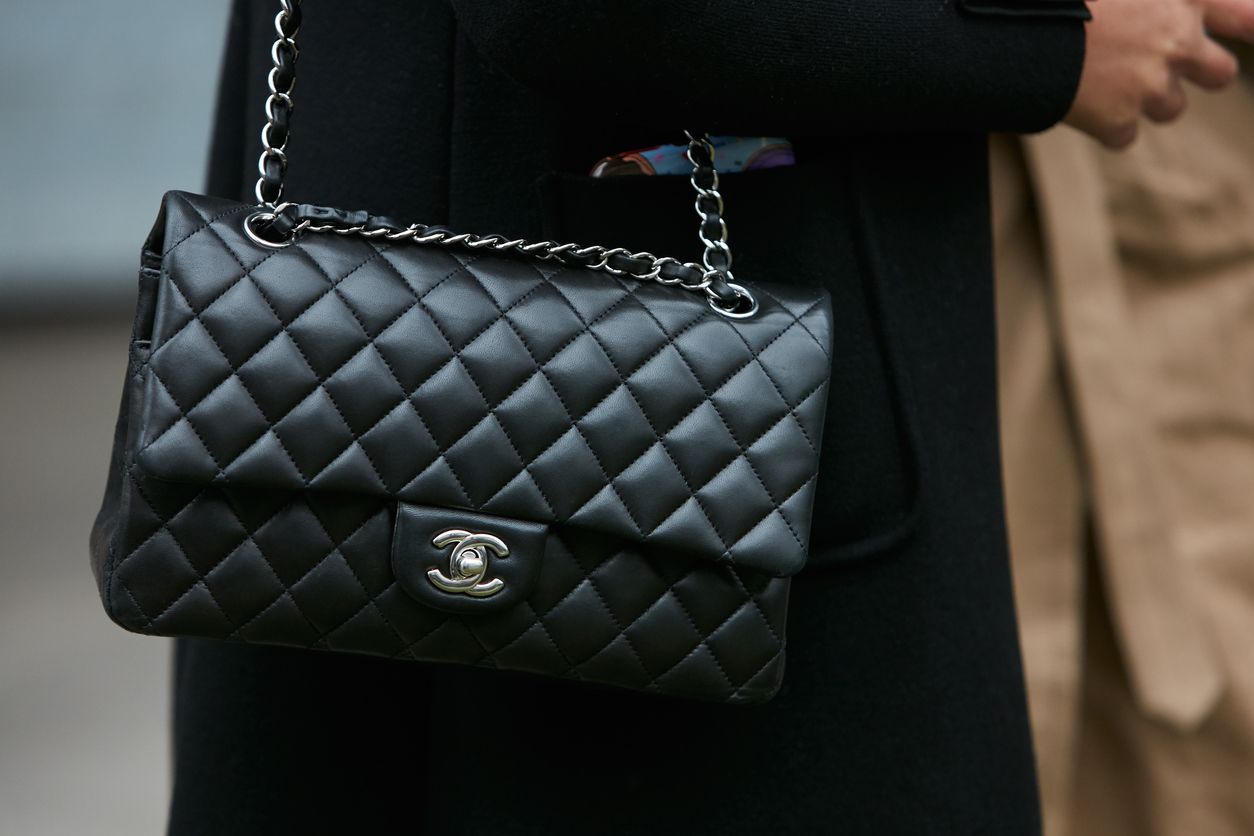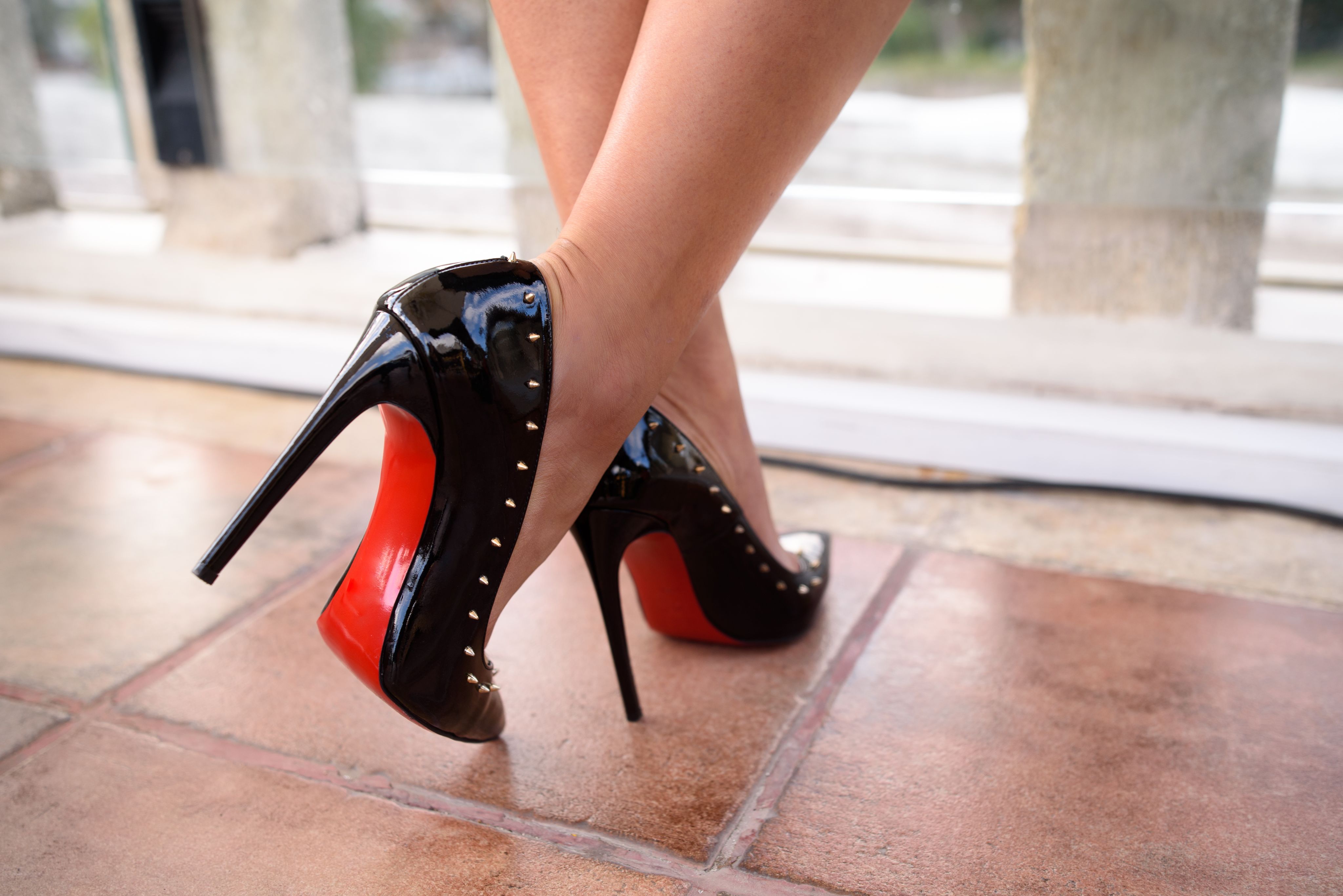Can you ‘own’ a colour in fashion?
Colour is everywhere in fashion – but is it a stable foundation for a brand?

From the Tiffany Blue Box to Christian Louboutin’s famous red soles, colour is everywhere in fashion – but is it a stable foundation for a brand?
Coco Chanel is reported to have once said "The best colour in the whole world is the one that looks good on you.". However, beyond the obvious aesthetic qualities of colour, it can also have a branding function.
It can distinguish one brand from another immediately based on a simple glance.
It can be shorthand for a brand name and build a particular emotive connection between the consumer and the brand, instilling a brand with particular qualities in the mind of consumers – Just think of the famous ‘Little Black Dress’ of Chanel.

Brand associations
Let’s consider some fashion brands and the colours particularly associated with them.
We have the Hermes orange, the result of necessity during the second world war which resulted in Hermes having to use a certain shade of orange because of a shortage of coloured packaging.
We also have possibly the most famous colour trade mark of them all in the world of fashion, and definitely one of the most litigated, in the form of certain shade of red on the sole of Christian Louboutin shoe.
It is reported that, two years into his business, Christian Louboutin was designing a shoe inspired by Andy Warhol’s 1964 flowers prints.
However, he had a problem: The shoe design was not looking as good as Andy’s Warhol’s print with a large black sole, until it is reported he saw an assistant painting her nails red with nail varnish.
He applied that tone of red to the sole of his shoe design. A global phenomenon, or more accurately for this discussion a global colour trade mark, was born there and then.
It is interesting to note Andy Warhol’s prints were also the subject of litigation when Patricia Caulfield the photographer of the photo of the flowers which appeared in the 1964 edition of Modern Photography and inspired Andy Warhol brought an action against him in 1966. IP law gets everywhere!

Why are colours problematic in trade mark law?
There are two key problems associated with protecting colour in the world of fashion. Here, we will particularly concentrate on the UK and EU.
The first problem is that colour is often a key component of the fashion product itself.
Although the case law in the UK has held that all forms of trade marks should be examined equally, in reality it is harder to say for sure if a particular colour is functioning as a badge of trade origin.
The second problem is defining colour, as colours look differently to everyone.
This is a major issue for trade mark protection, as to achieve a trade mark registration the trade mark concerned must be clearly defined to provide certainty of scope.
That is easy for a word, but what about a colour?
Practical tips on registering colour in the world of fashion in the UK and EU
As we have touched on, a key component for registering a colour or colours in the UK or EU in the world of fashion is defining the scope of protection scope at the outset.
It is important to think about what protection you are seeking for three reasons.
Firstly, it can be very hard, indeed near impossible, to amend a trade mark after an application has been filed in the UK and EU.
How broad does your trade mark need to be?
The breadth of protection sought has a significant impact of the chances of a trade mark application for a colour trade mark being successful. If it is too wide, it is unlikely to be accepted. Instead, you need to identify exactly what you want to protect.
A trade mark application which hones in narrowly on the distinctive element of a colour trade mark is much more likely to succeed on the basis of acquired distinctiveness.
Iin the UK and EU, it is very rare for a trade mark application for a colour or colours, particularly for a fashion product, to proceed without submitting evidence of acquired distinctiveness through use.

Defining a trade mark clearly
This is key from a legal case law point of view.
You cannot simply use a simple word to define a colour, for example the word red.
You have to use a scientifically and commercially accepted definition of a colour.
A so-called CIELAB colour space number, Pantone numbers are the most commonly used and accepted definition of colour by the UKIPO.
You will also invariably have to submit a detailed and sometimes lengthy word description defining ‘how’ as opposed to ‘what’ colour is applied to the product, along with pictoral representations
A word description on how the colour is applied is often as important as the definition of the colour itself, and great thought should put into crafting this description before the application is filed.
The description is crucial, as it will frame what protection is being sought and how the Examiner will examine the application.
What is acquired distinctiveness?
Most trade mark applications for colours in the UK, particularly in the world of fashion, will only proceed successfully on the basis of evidence of use.
One of my trade mark claims to fame is that I originally registered the Christian Louboutin red sole trade mark in the UK.
When prosecuting that application, we submitted not only evidence of turnover and advertising figures, but also statements from independent declarants such as magazine editors.
Well drafted Witness Statements are key to registering fashion trade marks, along with exhibits which clearly support your statement.
It is always worth having a discussion with the UKIPO examiner and asking for what types of evidence they would like to see, especially for unusual marks.
Common law protection of colour trade marks in the UK
In theory, colour trade marks can be protected under common law in the United Kingdom via the protection of goodwill under passing off. So you do not necessarily have to register a colour trade mark in the UK to have protection for it.
However we have already highlighted the difficulty of registering colour trade marks.
As a passing off action would be very dependent on the evidence of goodwill in a colour or colours trade mark, it tends to be costly (passing off is very much evidence and fact based) and hard to enforce common law rights in colour trade marks.
So, as ever, the golden rule is if you can register your colour trade mark then do so. This makes it so much easier to enforce. It is also an incredibly valuable IP asset for your company.

So what are the key takeaways?
Well, colour trade marks are of great importance in the world of fashion, but they can be hard to register. But this doesn’t mean you shouldn’t try – evidence is the key so keep good records!
When considering registering a colour trade mark, preparation and considering what the distinctive elements of the brand are will be crucial.
You will need to:
- define the colour specifically by a recognised classification system, such as a Pantone number,
- consider how the colour or colours are to be applied to the product/s
- draft a description of the trade mark with a pictorial representation.
Don’t forget about position trade marks and don’t forget about common law protection.
There is lots to consider but also a great opportunity to protect your colour!


Authored by Rebecca Field, a Chartered Trade Mark Attorney at HGF.
rfield@hgf.com
